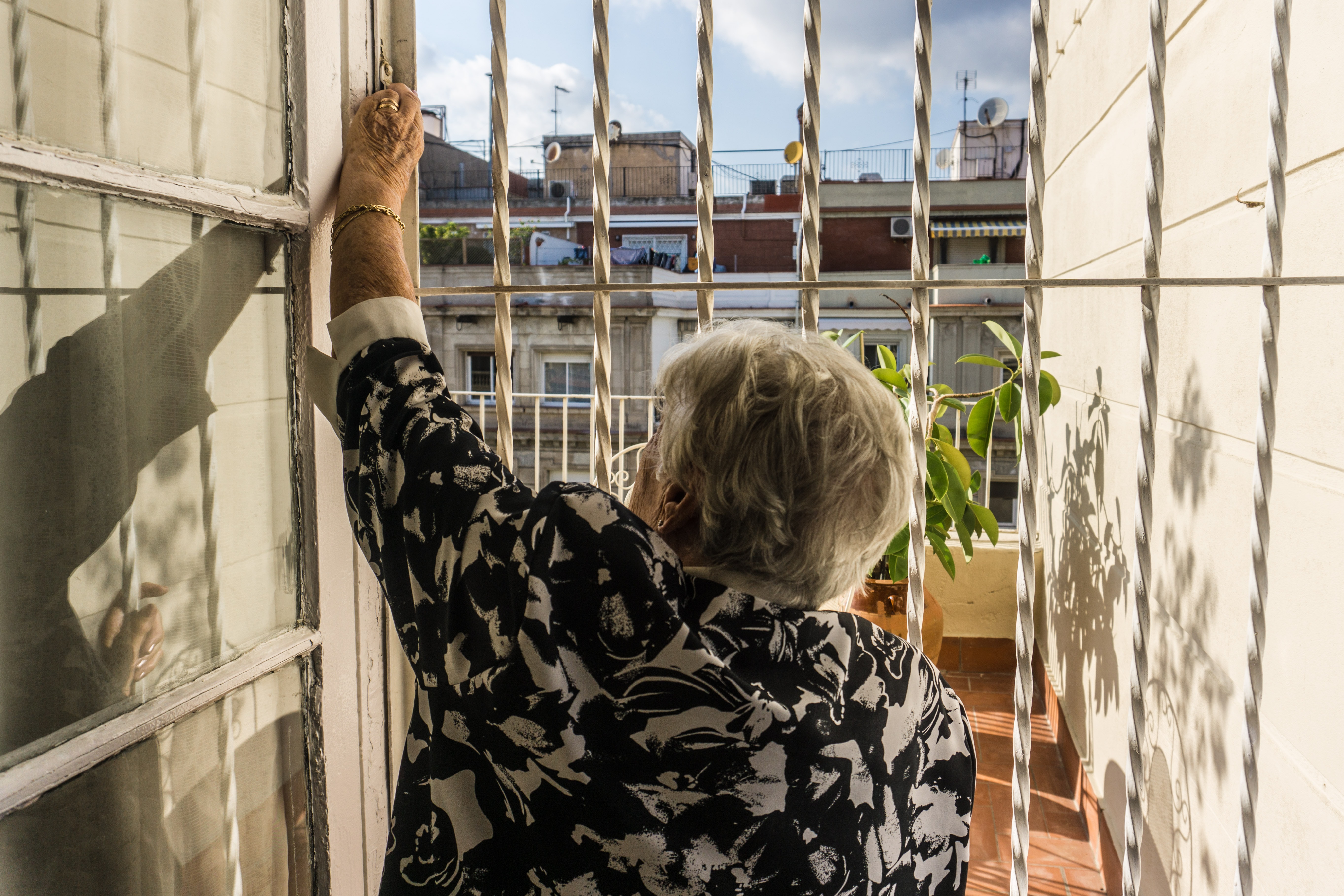Although some people might not think twice about how or where to get healthcare, millions of Americans face barriers to accessible, affordable, quality healthcare. These barriers come in many shapes and forms, and can affect anyone. Some of the most common barriers are:
-
Physical access to healthcare due to distance.
-
Economic access to healthcare due to finances.
-
Quality access to healthcare due to location.
These barriers may seem impossible to overcome since they are often a result of a circumstance that can’t be easily changed, but there are always solutions to ensure everyone can get quality healthcare no matter their situation.
Distance Barrier
This issue is quite prevalent in rural communities where the nearest medical care can be miles away. Since there is also little competition among healthcare providers in rural communities, prices can be very expensive. For people who have insurance, they should always confirm with their physician that they participate with the network associated with their plan. If they are feeling very sick and are unable to be seen by their primary care physician right away, urgent cares are a great alternative to emergency rooms (unless the doctor says you should make your way to an ER.) For people with limited insurance plans or who are cash-pay, doing a price check (search and comparison) for doctors in the area is a great way to check how prices can differ for the same quality and service. A simple search and comparison can end up saving people thousands of dollars, especially if they’re willing to travel a little further into an area where there is more competition among healthcare providers.
Another way to combat the distance barrier is through telemedicine. When a patient can chat virtually or have a video call with their doctor, it eliminates the issue of having to drive miles away for care. Telemedicine is also typically cheaper than an in-person appointment, so patients end up saving time and money. Members should check which telemedicine provider they have access to with their plans. Members should make sure they are signed up and in the system so they’re not struggling when they’re sick and can just call in. There are many different telemedicine providers out there so there is a huge chance people already have it with their plan.
Economic Barrier
Another common barrier is economic/financial status. Whether someone is living below the poverty line, doesn’t have health insurance, or simply doesn’t have the money for an expensive bill, cost is a huge barrier to getting healthcare.
A way around this barrier is to find out which primary care physicians, facilities, and even imaging centers allow cash pay. Cash pay is the price of a procedure that is billed directly to the patient instead of going through insurance. For people who ask, “Why would I do that if I have insurance?” Cash pay is better in some cases because sometimes the rate billed to insurance is higher because they expect the insurance to pay a certain amount. This ends up being detrimental to patients who have limited plans or go somewhere out of network because they are still billed the “insured rate” even though the insurance may cover a lower amount.
Whether you have insurance or not, cash pay is often a far cheaper way to get medical care. Asking if the provider has payment plans is also a great way to cut down on medical costs. Many hospitals also offer financial assistance programs for people who qualify. Someone can call on their own to find these resources, or they can use third-party services who already have established relationships with providers and know exactly what to ask.
When working on search and comparisons, we find that several procedures can be done at ambulatory centers or outpatient surgery centers, and this price difference can be significant in comparison to a hospital. The same goes for things such as mammograms or other imaging services. For patients who have limited benefit medical plans, discount plans, or even health sharing plans, going to a hospital for these types of services can be more expensive. If a physician is referring you to get a procedure done, you can ask about the possibility of going to an ambulatory center or an imaging facility.
Location Barrier
Aside from distance to healthcare providers, someone’s location can also affect the quality of healthcare available. In lower-income communities, healthcare providers directly in the community may be nonexistent or there are so few that waiting times are hours long. Overpopulated communities can also have quality issues when there aren’t enough healthcare providers to provide thorough, quick care to individuals. One major way to combat this is (you guessed it) telemedicine. Telemedicine truly is a cure-all for many healthcare issues.
Health fairs and mobile clinics will occasionally come to communities with limited access to healthcare, so it’s a good idea to keep up with those. However, it’s important to get a second opinion for whatever a provider at a health fair might tell someone. Doing a search and comparison on different healthcare providers in the area to find the best one based on availability, price, and quality is another great way to avoid waiting for hours at a facility only to leave with an expensive bill.
We've seen situations where someone wants to see a psychiatrist but there is only one in a 300-mile radius and they don’t even see new patients. Something patients can take into consideration is establishing care with a PCP before getting sick or needing a referral since it can be harder to get seen as a new patient. Helpful sites we use when doing search and comparisons are mdsave.com, RadiologyAssist, and GoodRx for prescriptions.
Using these tips can help to make sure anyone and everyone can get quality healthcare, and will create a society of more confident healthcare consumers. When we have that, we get closer and closer to fixing the U.S. healthcare system so that it does what it was intended to do: help society’s most vulnerable.





